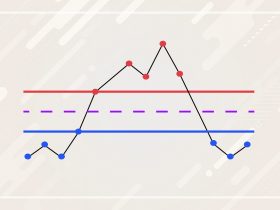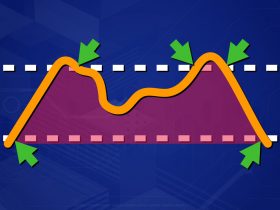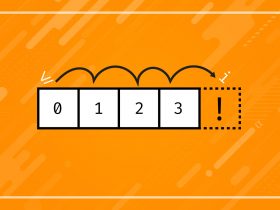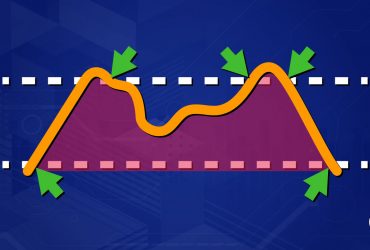Percent increase is used to describe the relative amount a number increases (or decreases) from one value to another. Percent increase is calculated by dividing the difference in the original and new values by the original value and then multiplying by one hundred.
The percentage increase is useful in helping describe relative changes in many fields. Biology, financial, and even food industries all have relevant applications where understanding the relative change in certain values is essential to the accuracy of the science.

In using the above formula, a percentage decrease is signified when a negative value results. A percent increase is signified for any positive result. The formula can be generalized as overall percentage change as such:

Examples
To exemplify applications of percentage change calculations, consider the following case where the value of a stock is considered:
An investor named Warren purchases 100 shares of Acme, Inc. at $100 per share for a total cost of $10,000. After holding this position for 6 months, Warren decides to sell at a price of $137.50 per share for a net amount of $13,750.
Warren knows he made $3,750 in profit but wants to express that gain in a percentage increase in initial investment. Using the percent increase formula from above, that value can be calculated as such:
Final Thoughts
Percent increase calculations fall into a broader umbrella of calculations known as percent change. The idea is the same but one accounts for negative shifts such that the absolute change is the resulting value. Percent increase and percent decrease are really just about a percent change. Check out this handy percent change calculator to get a better idea of the concept.























